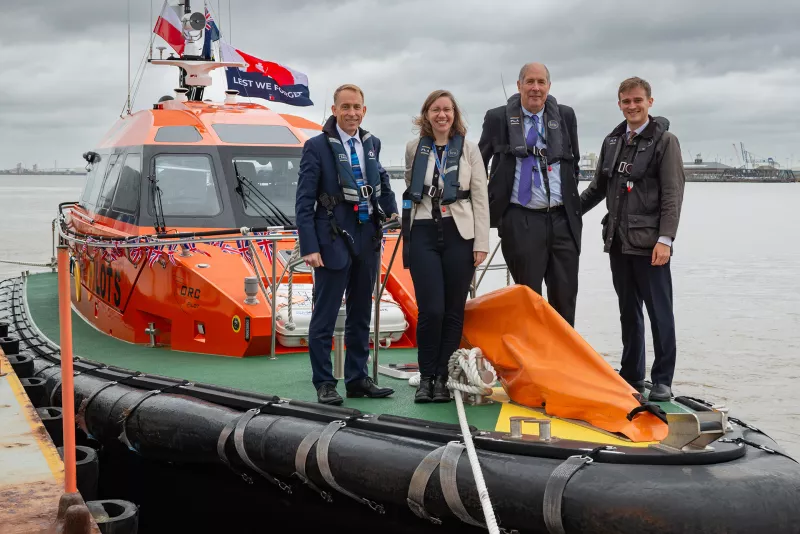Live Tides
NOTICES TO MARINERS
Charts & Surveys

Incident reporting
Life-threatening emergencies on the river:
Call 999 and ask for the Coastguard
For near miss, safety observations and incident reporting click below
Vessel's green retrofit nears completion

Work to reduce emissions from Port of London Authority (PLA) PLA vessel Driftwood II is nearing completion.
Over the winter, a selective catalytic reduction (SCR) system has been installed to the vessel’s two propulsion engines and generator, to cut levels of nitrogen oxides emitted from the exhaust.
The green upgrade has been co-financed by the Cross River Partnership, as part of Clean Air Thames, supported by the Mayor’s Air Quality Fund. The City of London Corporation is also a project partner.
PLA marine engineering superintendent, Jason Rudd, pictured, said: “Limited space on board Driftwood II required a complete overhaul of the engine room. This included converting an unutilised chemical tank to a fuel tank.”
When Driftwood II returns to service on the river this spring, researchers from University College London (UCL) will collect new data on the vessel’s exhaust emissions. The results will be compared with studies undertaken before the refit.
Driftwood II is used to clear river debris and maintain moorings.
Clean Air Thames is also funding similar improvements to GPS Marine’s tug, GPS Anglia, involving the installation of a new, single auxillary generator, replacing two older ones.
When the works are completed later this year, the vessel is due to support construction works for the Silvertown Tunnel, using 100 per cent hydrotreated vegetable oil, not fossil-derived gas oil, which will further reduce her emissions.
UCL will also be monitoring the improvements from the GPS Anglia changes.
CRP will publish the project's overall findings and lessons learned.
Related content

Location: London/Gravesend Remuneration: £28,971 per annum for a commitment of up to 24 days per...


Discover


